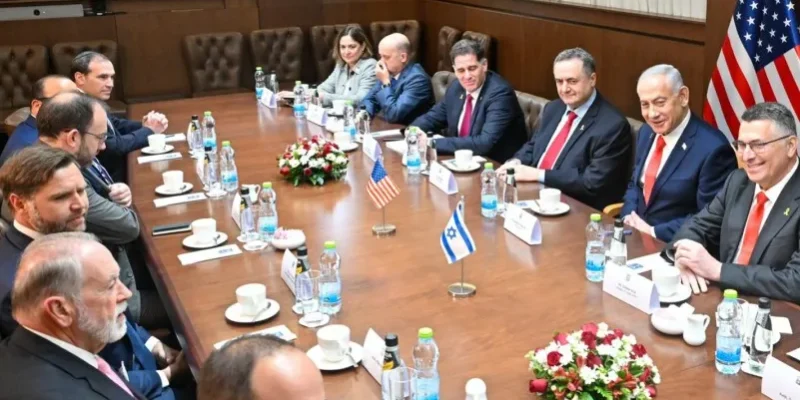Would the phase one situation in Gaza, like the second phase of Oslo, serve Israel’s long-term interests? The answer, given the great difficulty in disarming the terrorists, could well be yes.
These past days have witnessed a cavalcade of senior Trump administration officials to Israel. Their goal is to maintain the ceasefire in Gaza—phase one of the president’s twenty-point peace plan—and to discuss ways of implementing phase two, the disarmament of Hamas. But what if the second phase cannot be realized? What would be the ramifications for Israel, America, and the Middle East? Would the continuation of phase one be such a catastrophe?
For years after the signing of the Oslo Accords of 1993, peace negotiators spoke about “phase two” of the process. In this stage, the Palestinian Authority would enjoy political and military control over Area A of Judea and Samaria and political control over Area B. The largest part of the territories, Area C, would be under Israel’s exclusive rule. Opposed to the creation of a Palestinian state that could seriously threaten the Jewish state, many Israelis were happy to view “phase two” as the final stage of Oslo.







